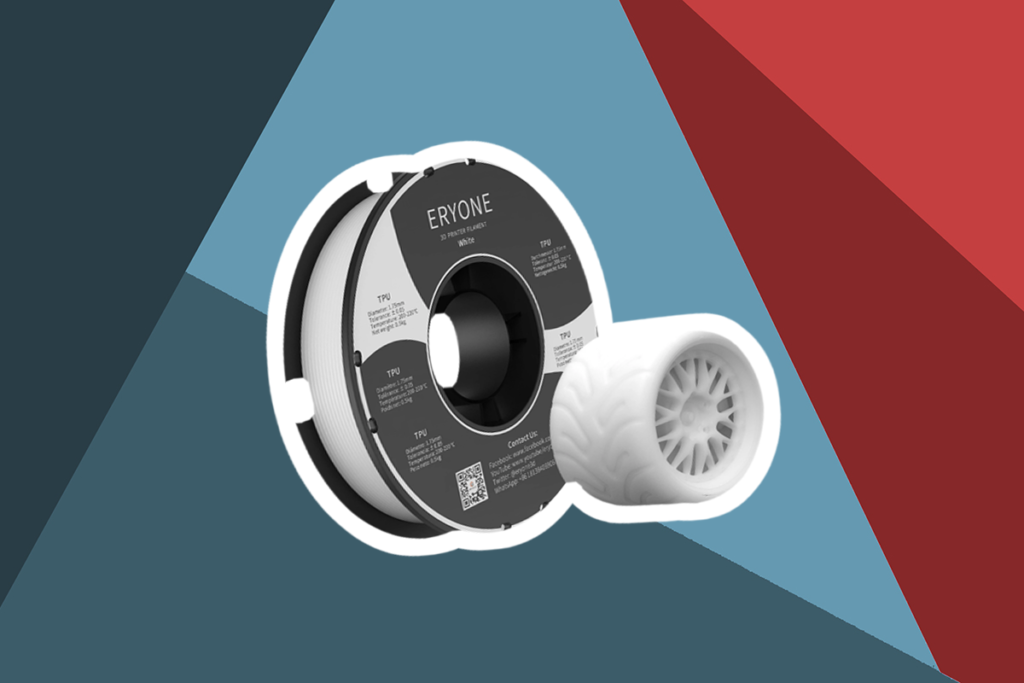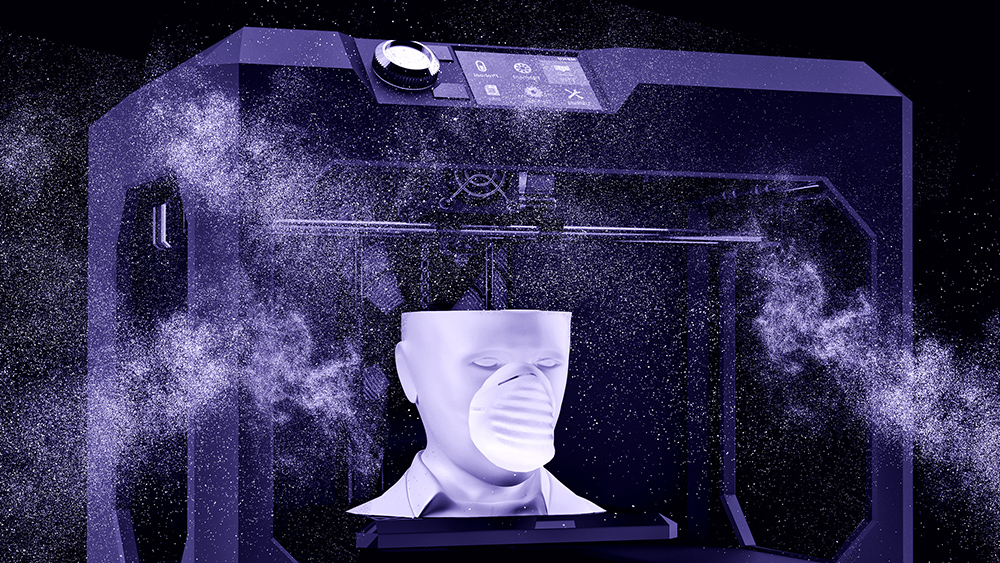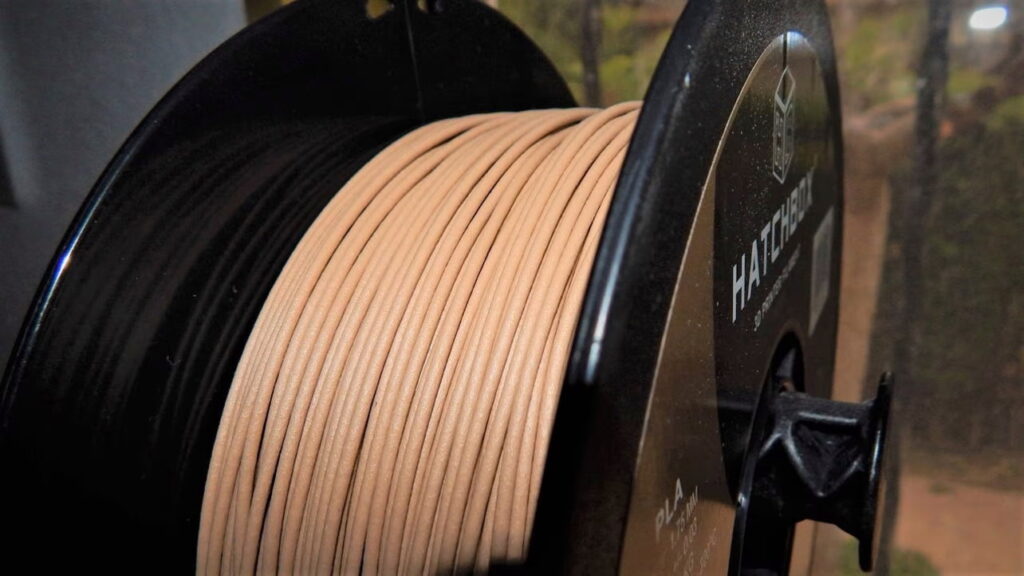

The 3D printing industry is dominated by a lot of plastic tools. However, the most popular filaments used by printers today include the PLA and PETG. Both materials are made from polyester and belong to the same family of thermoplastic, which tends to soften in the presence of heat.
Despite sharing a lot in common, it’s very easy to see many PLA vs. PETG arguments coming up among newbie printers and veterans. Most people are unaware of the difference they possess and the right way of application in printing projects. If you’re one of those, you will find every answer you need in this guide.
We start by telling you what each filament is made from before introducing you to their common uses and application area. Further down, you get to know their key differences and which filament has the upper hand. Tag along as we get the drum rolling.
PLA is a type of thermoplastic polyester forged from poly-lactic acid. It’s made from raw materials such as corn and sugarcane. This makes it biodegradable and perfect for printers who prefer eco-friendly materials. PLA filament is one of the easiest materials for most printing jobs thanks to its ability to print under low heat. This makes it perfect for beginner-friendly printers.
PLA is used in many printing projects across several industries, including health, food production, and cosmetics. In the food industry, it’s used sparingly due to its non-water resistant properties.
However, it’s used for creating surgical implants, sutures, and for drug delivery in the medical world. When PLA is introduced in most surgical operations, the process is usually biodegradable.
The flexibility of PLA filaments gives a number of these tools a smooth finish that’s more aesthetically pleasing than the result produced by PETG filaments.
PLA is easy to use and requires little to no calibration setting. The highest temperature range required to work with it is 220 degrees. And at this level, a closed chamber or heated printing bed is not required.
One major advantage of this is that it produces flexible materials and can bend over without breaking apart. A number of the tools produced by PLA filaments are also shock resistant. Since PLA is made from organic compounds, they’re biodegradable and can be converted into other useful compounds. This makes them eco-friendly.
PLA is brittle when compared with PETG. However, the major difference between PLA and PETG is their strength. PLA can’t withstand high temperatures and are brittle at their best. In the medical world, they’re sparingly used for implants because they don’t support sterilization. On the other hand, the food industry hasn’t fully adopted PLA for its packaging due to concerns over its safety.
PETG is a combination of glycol and PET (polyethylene terephthalate). Unlike PLA, PETG is durable and can be used across several projects thanks to its strength. PETG can withstand high temperatures and can also be recycled even though it’s not biodegradable.
Global figures state that PETG is present in 18% of plastics produced worldwide. Like PLA, it’s also used in the medical world and the food, cosmetics, and decoration industry. The majority of food containers and plastic bottles are made from PETG. Even better, they’re approved by the FDA for food packaging.
Its heat resistance properties mean it can tolerate a lot of harsh conditions. This is why it’s used for implants and other medical devices due to its ability to undergo sterilization. Generally, PETG should be your go-to option to make tough tools for outdoor usage.
When it comes to PETG vs. PLA strength, the former is the clear winner. PETG filaments are strong, durable, and resistant to crack and fatigue. They’re hardly affected by water, oil, or grease. Even better, their tensile strength can be reinforced with carbon fiber.
The major sticky point in most PETG vs. PLA filament arguments is that PETG is not easy to use. Well, PETG is not beginner-friendly due to the calibration settings required. It’s mostly utilized in professional printers for architects, food scientists, and biomedical experts. Despite its rigidity, PETG is prone to scratches.
The price tag of most PETG filaments might also be a stumbling block for small-scale 3D printers.
Printing with PETG vs. PLA isn’t the same process. There are striking differences in their physical properties that make them suitable for different projects. This session explores how they compare to one another in terms of their physical properties.
Even though both filaments are thermoplastic, they should be subjected to different temperature ranges. The recommended printing temperature for PLA is 190 – 220 ⁰C, while PETG is 220 – 260 ⁰C. The working temperature of a PLA means its operation can be done in the open, unlike that of a PETG, which requires a closed space.
Exceeding the required temperature range of a PLA might cause it to melt and take another form.
Often time, we hear people ask questions like, “why does 3D printing smell?” Well, it’s not the printed work that smells; it’s the materials used during the printing process. If you’re closer to a place where PLA filament is used for printing, you’re likely to perceive a strong smell. This is because PLA filaments are made from raw materials such as corn and sugarcane. Hence, they have a strong offensive smell.
PETG, on the other hand, doesn’t emit a lot of smell when they burn. Hence, they’re harmless.
If we’re to place a number on PETG vs. PLA strength, that’s 7,250 psi against 8,500 psi. The tensile strength varies from material to material. However, that’s the maximum they can possess. Sometimes people argue that annealed PLA vs. PETG have the same tensile strength. This is not true. Annealing doesn’t increase tensile strength. In most cases, it reduces it since the material will be subjected to a higher temperature.
The tensile strength of PETG means you will need to pump in more heat to get it to melt. It’s also unlikely to shrink, making it perfect for tools that can hold a large amount of weight without breaking or warping.
PETG filament can withstand a higher temperature range than PLA. This is why a heated printing bed is needed when manufacturing devices with PETG. In terms of UV resistance, none of the two is 100% free from it. However, PETG has a higher tolerance to UV radiation than PLA.
Several tools made with PLA degrade in quality quickly if exposed to excessive UV radiation.
Post-processing is done to improve the aesthetic appeal of 3D prints. PLA is more open to post-processing than PETG. They absorb paints and favor support removal using extruders. The smooth surface of PLA filaments makes it possible to glue items. It’s difficult to do all of this with PETG.
PETG can be recycled, but it’s not biodegradable. This means it can’t be decomposed by organic compounds, making it unfit for environmental sustainability. On the other hand, PLA can easily be recycled and made into new materials. Due to its low tensile strength, PLA can be broken down easily.
Most 3D filaments react to changes in humidity. Both PLA and PETG should be protected from UV radiation by storing in a cool dry place.
PLA is cheaper than PETG. This is because they’re easy to find in most stores and have a lot of high-quality manufacturers like hatch-box. PETG has several variants, such that it’s difficult to put your trust in one type of PETG. However, a few brands like overture have earned a reputation for producing high-quality PETG filaments spectrum.
PLA and PETG filaments are the most popular choice for 3D printing. Any PETG vs. PLA argument is never complete without bringing up their tensile strength. This is one of the key factors that determine how they should be used.
The Strength of PETG filaments makes them the right fit for heavy-duty materials. Hence, if you want to produce devices that don’t break easily, then PETG is the one to go for. However, if you need something flexible and can bend, PLA will be the best.





